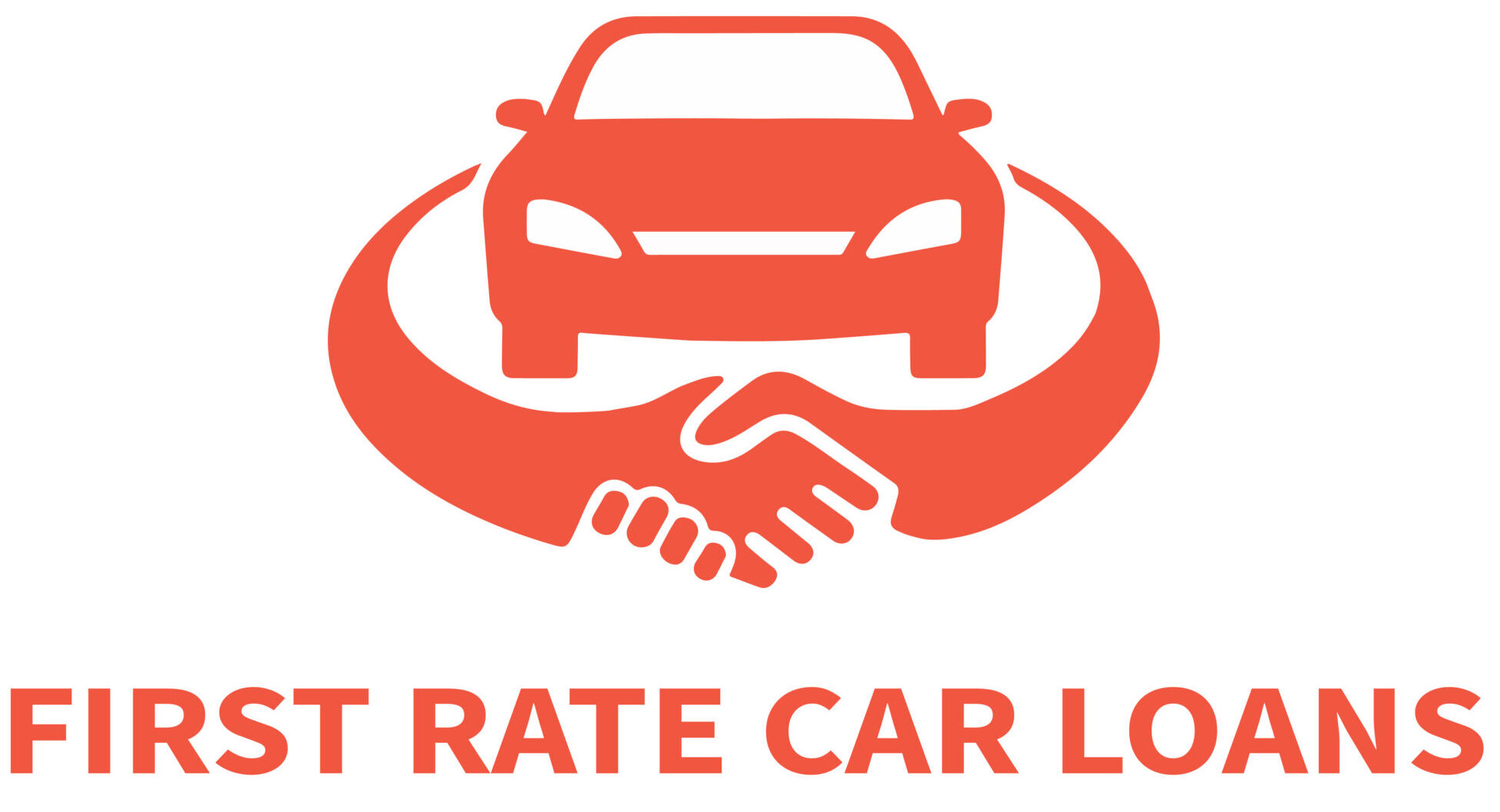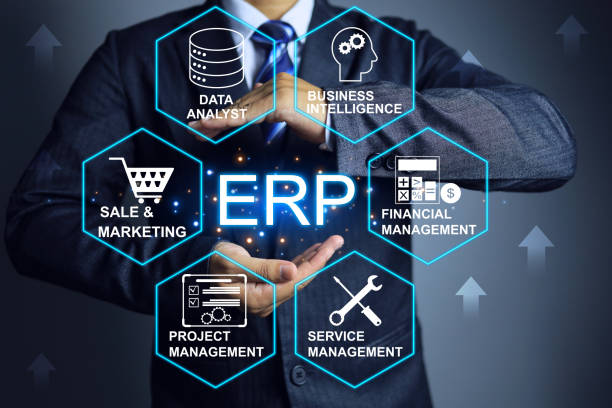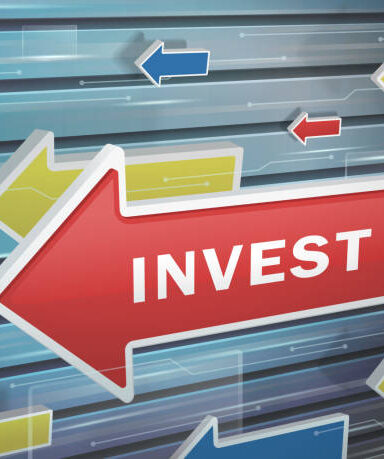Pricing strategy is a powerful financial tool that companies can use to impact the success of their business. It is not a simple task. This article analyses SaaS pricing strategies. It finds that some of the operational features of the business model can generate very useful pricing benefits that can help drive financial performance.
What is SaaS (Software as a Service)?
Software as a Service is a licensing and delivery model where software is licensed and delivered to clients via the Internet by a third party. SaaS clients don’t have to install, maintain, or integrate software. SaaS providers “take care” of the vast majority of the technical aspects so that clients can begin using the SaaS products with minimal effort.
In the chart below, we show you how SaaS compares to other services. You can see that with traditional on-premises applications, the client is responsible for the majority of activities associated with setting up and operating the software. SaaS, on the other hand, takes care of everything from the software provider. Infrastructure As A Service and Platform As A Service are all shades of grey.
SaaS has both pros and cons. SaaS, on the other hand, is easier to install and operate. It doesn’t require local servers, storage, management, etc. It doesn’t offer the same customization as on-premises applications.
SaaS is a cloud-based application that has been around for quite some time. FTI Consulting reports that 69% of businesses use cloud-based applications today.
Adobe is a well-known player in the industry. Its shift from on-premise to SaaS services is easy to see. Adobe’s non-SaaS revenue peaked at $3.4 billion in 2011 and has since halved down to $1.6 billion. This chart by Tom Tunguz, shows this. Adobe’s non-SaaS product revenue peaked in 2011 at $3.4 billion and has since dropped to $1.6 billion. However, Adobe also offers a suite of SaaS products that have seen their revenue increase fivefold from $0.45 billion per year in 2011 up to $2.1 billion per year in 2014. Adobe’s shifting product mix reflects the industry shift from locally hosted software to cloud-based software, like SaaS.
This trend looks set to continue. Gartner estimates SaaS software was worth $144 billion in 2016. By 2020, the market will grow to $216 billion.
SaaS is a business model that’s friendly to pricing
There are many reasons behind this shift towards cloud-based apps. The lower setup and maintenance cost is a major factor. SaaS applications are very price-friendly, which is a major benefit. It’s a win-win situation for both the clients and the companies providing the service. I think this is a major factor in the industry shift.
There are several inherent operational characteristics that SaaS has as a business model that have an impact on pricing. These features create and increase the number of price levers available to companies. I will highlight four key pricing benefits of SaaS:
Flexibility Due to the real-time, web-based nature of SaaS delivery, SaaS is very flexible and allows for constant iteration. It also affects pricing, as changes in pricing can be implemented relatively quickly, and their impact can be measured immediately. You can iterate until you reach the desired price.
Real-Time Usage Tracking Because SaaS is in the cloud and the client uses the software in real-time, the service provider can track this usage. SaaS providers are, therefore, better able to charge per usage than traditional on-premises firms. This has several benefits, which are detailed below.
Effects of the network: The implementation of SaaS and its frictionless delivery is a key enabler for network effects. It has significant pricing implications in that it is easier to create and charge for network effects.
Freemium Due in part to the near-zero marginal costs associated with the delivery and hosting of products, SaaS providers are more likely to be able to offer clients free access to certain products for several months or years before upgrading or canceling their service. Freemium ensures that the price of the product is not a barrier to users trying or adopting the product. This increases the number and quality of clients.
Benefit No. 1: Pricing Flexibility
Adopting a SaaS model has many financial benefits, but the first and perhaps most important is the inherent flexibility it provides. Flexibility refers specifically to the following characteristics:
Fast Iteration: Due to the delivery mechanism of SaaS, you can iterate on pricing changes quickly so you can test different price points and packages.
Tiered Pricing: The SaaS model lends itself well to tiered pricing. This means that different product offerings can be priced differently to cater to multiple customer segments.
No Middleman: SaaS can be delivered directly to the customer, bypassing all intermediaries. This eliminates a major stakeholder and gives the company more flexibility to test various pricing and package options.
Zendesk’s price evolution is a good example. Zendesk, a successful software company for customer service, generates more than 300 million dollars in revenue per year. It offers different features to different customer segments.
In January 2015, Zendesk provided five different plans to five separate segments. The cheapest plan costs $1 per agent per month. Its most expensive program costs $195 per agent per month. The “Plus” program was also highlighted in green to direct users towards it.
Exhibit 2: Zendesk Pricing Options for January 2015
Zendesk reduced the number of plans in January 2016 from five to four. The pricing was also changed. The least expensive plan went from $1 per agent to $5 per month, while the most costly program dropped from $199 to $9 per agent. The names of the project were changed as well (e.g., “Starter” became “Es” initial”, and us”rs were d”rected towards the “Professional’ plan “using a light highlight technique.




